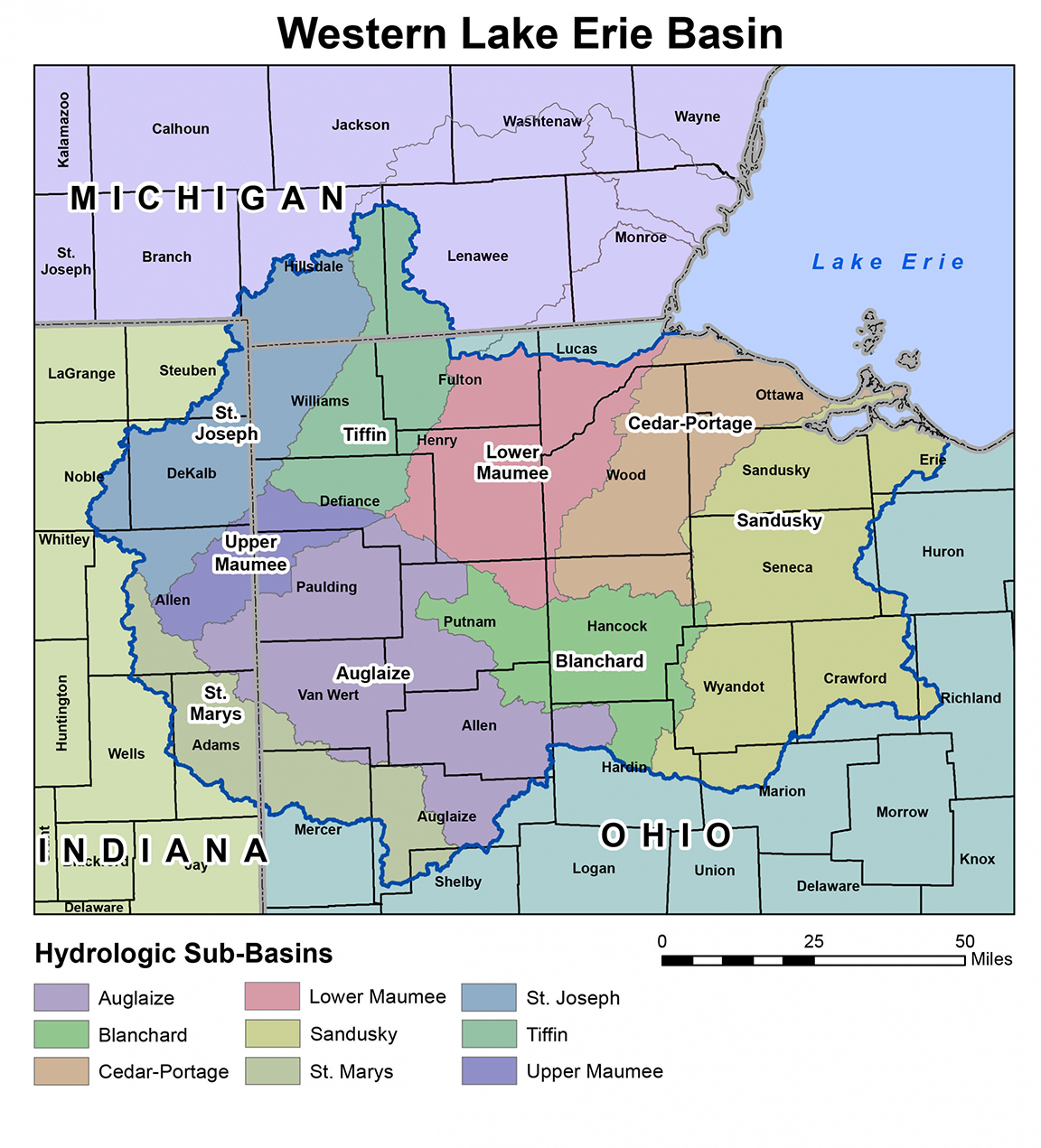Tags
Relevant Tags
All Tags
- Ag Consultant Training (2)
- Best Management Practices (BMPs) (1)
- Blank Template (5)
- CCA (1)
- CIA Tour 2019 Announcement Template 070319 (2)
- CIA Tour 2019 Template (17)
- CIA Tour (1)
- CIA Tours (3)
- CIA2022 (2)
- CIA2023 (1)
- CTIC Demo (1)
- CTIC Projects (6)
- CTIC Staff (1)
- Carbon (1)
- Conservation in Action NEWS (36)
- Conservation in Action Tour 2017 Abstract Author (4)
- Conservation in Action Tour 2017 Abstract CA (2)
- Conservation in Action Tour 2017 Abstract Reviewer (1)
- Conservation in Action Tour 2017 Abstract Submitter (1)
- Conservation in Action Tour 2017 Moderator (2)
- Conservation in Action Tour 2017 Registrant (1)
- Conservation (1)
- Conventional Agriculture (1)
- Cover Crop Report Announcement (2)
- Cover Crop Survey (1)
- Cover Crops (10)
- Current Projects Navigation (5)
- Data_Cropland (2)
- Data_Grassland (2)
- Demo_copy (1)
- ED Announcement (9)
- Email Blast (1)
- Environment (1)
- Environmental Management (5)
- Home Resource (4)
- Hypoxia (1)
- In the news (9)
- Indian Creek Watershed Project (6)
- Manure Management (4)
- Membership Drive 2018 (1)
- NARS National 2019 (1)
- NARS (6)
- News from CTIC (17)
- Nitrogen (1)
- No-Till (2)
- Nutrients (1)
- OpTIS Webinar Announcement (2)
- OpTIS (1)
- Organizations (3)
- PLUS-UP Newsletter (54)
- PLUSUP (6)
- Partners - NEW (11)
- Partners Magazine Article (2)
- Partners (1)
- Planner (6)
- Presentation (6)
- Press Release (8)
- Projects (10)
- Publication (3)
- Reminder 2022 (1)
- Research (1)
- Rivers, Streams (1)
- Software (2)
- Soil Management (2)
- Tillage (1)
- Tour 2021 - Video (2)
- Tour1 (1)
- Video (1)
- Watershed (1)
- Wetlands (1)
- Yield (3)
- agro-ecosystem (1)
- economic benefits (4)
- economic profitability (4)
- newsletter_cover_crops (1)
- newsletter_news_releases (1)
- on-farm research (1)
Filtered by : Environmental Management
| Results5 articles found. |
|---|
2012-2013 Cover Crop SurveySustainable Agriculture Research and Education (SARE) program and CTIC conducted the first cover crop user survey. More than 750 farmers from across the U.S. completed the survey, representing hundreds of thousands of acres of cover crops and drawing on cover cropping experience that goes back as far as 1948. The 2012 crop year was a challenging one in which to study yield impacts – much of the U.S. was impacted by drought, which pushed national per-acre corn production estimates down by 43.7 bushels, or 26.3%, and reduced soybean production by 8.1%, or 4.0 bushels per acre, based on early-season predictions from the U.S. Department ... |
2013-2014 Cover Crop SurveySustainable Agriculture Resaerch and Education (SARE) program and CTIC conducted a national survey of farmers to learn more about their use of cover crops. More than 1,900 farmers completed the survey, which was a follow-up to a smaller survey in 2012-2013 (see below). Results show a yield boost from the use of cover crops in corn and soybeans, data on the costs of seed and establishment, the challenges and benefits farmers expect from cover crops and insight into how farmers learn to manage cover crops. See the news release for highlights. Results from the 2013 SARE/CTIC Cover Crop Survey were ... |
2014-2015 Cover Crop SurveyA survey of more than 1,200 farmers across the country revealed that cover crops boosted corn yields last year by a mean of 3.66 bushels per acre (2.1%) and increased soybeans by an average of 2.19 bushels per acre (4.2%)—the third year in a row a yield increase following cover crops was recorded by the Conservation Technology Information Center (CTIC) Cover Crop Survey. |
2015-2016 Cover Crop SurveyInsight from 2,020 farmers from across the country found that the planted acreage of cover crops continued its steady rise - reaching an average of 298 acres per farm in 2015 and projected to grow to a mean of 339 acres in 2016. Those figures are more than double the acreage survey participants said they planted in 2011. After cover crops, corn yields rose an average 3.4 bushels per acre, or 1.9 percent, after cover crops, and soybean yields increased 1.5 bushels per acre, or 2.8 percent. Analysis of the survey data revealed that yield increases rose to 8.3 bushels per acre of corn after cover crops had been used for ... |
Cover Crops - An Essential Tool for Sustainable Cropping SystemsThe use of cover crops is steadily increasing throughout the United States. Many no-till farmers consider cover crops to be the next step in conservation agriculture. Leaving the soil undisturbed and keeping something growing as many days as possible restores the natural cycles of the soils. Residues and roots create more organic matter in the soils. Increased organic matter serves as a food source to various soil organisms and increases the biological activity. Higher biological activity increases nutrient cycling and availability and also reduces nutrient loss due to run off. With all this activity, soil structure and tilth are improved, ... |

